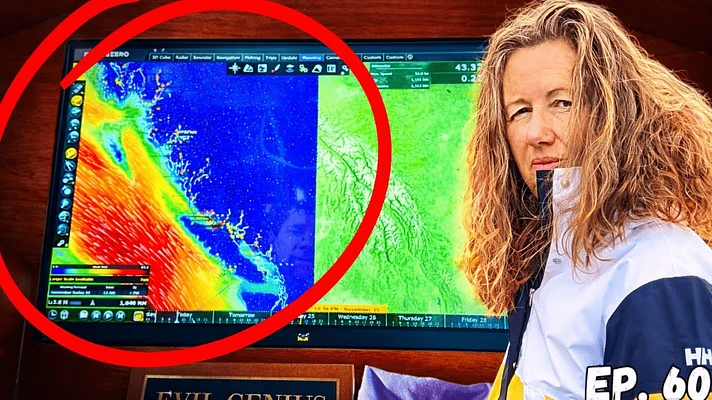Dec 12, 2025
Operation went well!
Hello everyone! I just wanted to give everyone an update on Janis' surgery. The doctor said everything went great and Janis is now happily recovering at home. After the last 24 hours she is confident she will be all recovered very quickly. Thanks everyone for all of the well wishes!
Blaine










